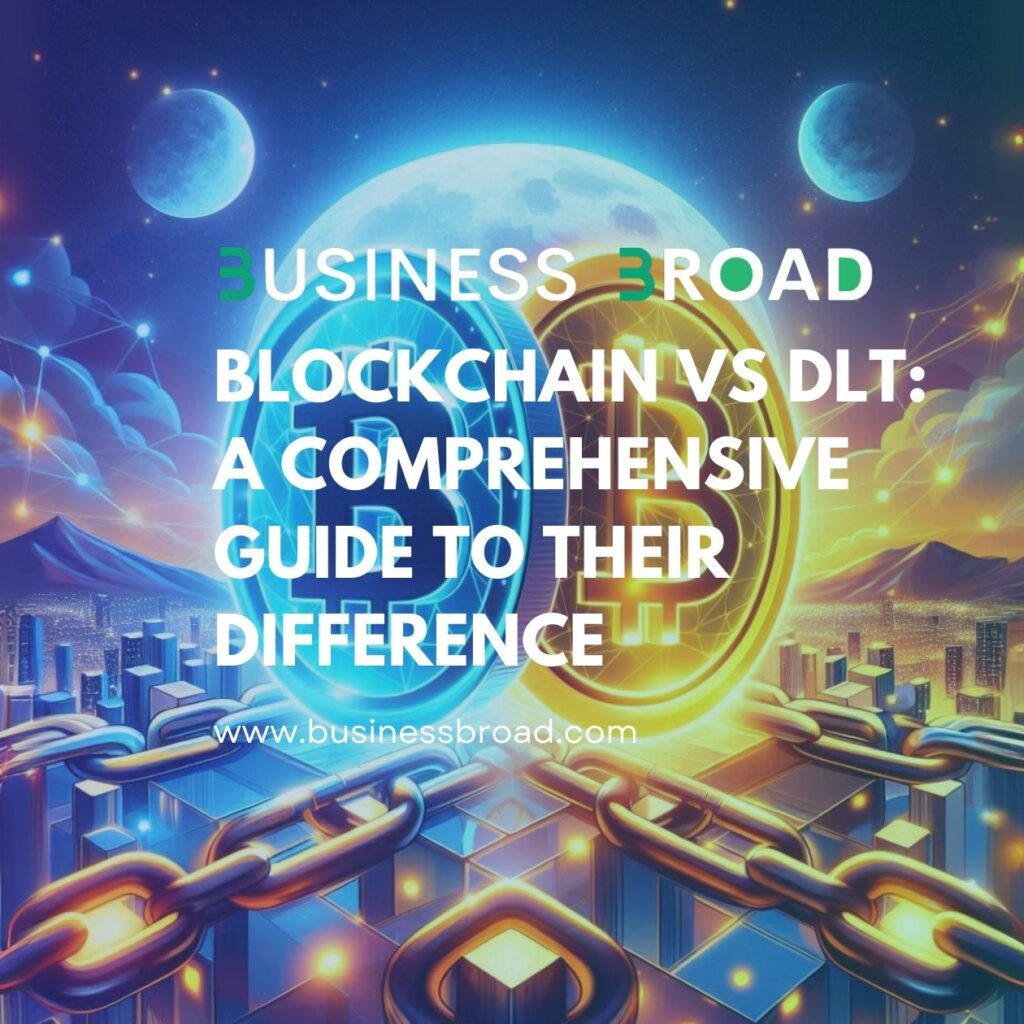In the rapidly evolving world of digital technology, terms like blockchain and distributed ledger technology (DLT) are often used interchangeably. However, while they share similarities, they are not the same. This article will delve into the distinctions between these two technologies, their functionalities, and their applications.

What is Distributed Ledger Technology (DLT)?
Distributed Ledger Technology (DLT) refers to a digital system for recording the transaction of assets in which the transactions and their details are recorded in multiple places at the same time. Unlike traditional databases, distributed ledgers have no central data store or administration functionality. Each node (a computer connected to the network) processes and verifies every item, creating a record of each item and building consensus on its veracity.
Key Characteristics of DLT:
- Decentralization: No single point of control.
- Transparency: All participants have access to the ledger.
- Immutability: Once recorded, data cannot be altered.
- Security: High resistance to cyber-attacks due to its distributed nature.
What is Blockchain?
Blockchain is a type of distributed ledger technology that organizes data into blocks, which are then chained together in a sequential manner. Each block contains a list of transactions, and once a block is completed, it is added to the chain in a linear, chronological order. This structure ensures that the data within the blockchain is secure and immutable.
Key Characteristics of Blockchain:
- Blocks: Data is stored in blocks that are linked together.
- Cryptographic Security: Each block is secured with a cryptographic hash.
- Consensus Mechanisms: Methods like Proof of Work (PoW) or Proof of Stake (PoS) are used to validate transactions.
- Decentralization: Operates on a peer-to-peer network.
Differences Between Blockchain and DLT
- Structure:
- Blockchain: Data is stored in blocks that are linked in a chain.
- DLT: Data can be stored in various structures, not necessarily in blocks.
- Consensus Mechanisms:
- Blockchain: Uses specific consensus mechanisms like PoW or PoS.
- DLT: May use different methods for achieving consensus, not limited to blockchain’s mechanisms.
- Use Cases:
- Blockchain: Primarily used for cryptocurrencies (e.g., Bitcoin), smart contracts, and decentralized applications.
- DLT: Used in various industries for supply chain management, healthcare records, and more.
- Flexibility:
- Blockchain: Has predefined rules and structures.
- DLT: Offers more flexibility and customization options.
Applications and Importance
Both blockchain and DLT have significant implications for various industries. Blockchain’s transparency and security make it ideal for financial transactions and cryptocurrencies. On the other hand, DLT’s flexibility and decentralized nature are beneficial for industries requiring robust data integrity and transparency, such as supply chain management and healthcare.
Conclusion
Understanding the differences between blockchain and distributed ledger technology is crucial for leveraging their full potential. While blockchain is a subset of DLT, each has unique features and applications that make them valuable in different contexts. As technology continues to evolve, both blockchain and DLT will play pivotal roles in shaping the future of digital transactions and data management.




